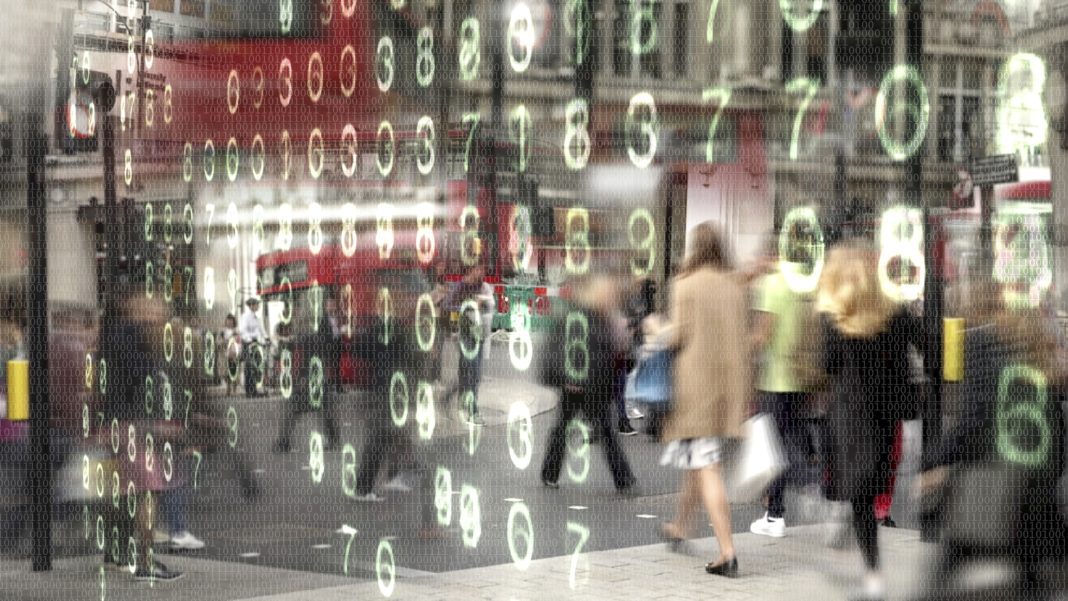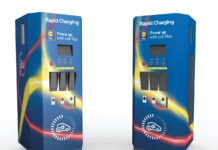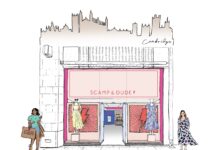Over the past few years, consumer targeting through technology has boomed, in part due to interest from high-earning tech investors like Mark Zuckerberg and Tej Kohli. Advertisements on Facebook and Google have become extremely personal, drone delivery systems have promised to make shopping a breeze and Bluetooth low energy beacons (BLEs) have allowed businesses to connect directly with customers in their stores through smartphones. But is this new reliance on Big Data in consumerism actually detracting from our experience as shoppers? Here’s how the new wave of consumer targeting technology is affecting our lives, for better and for worse.
The use of Big Data has allowed businesses to tailor their offerings to individual shoppers, which potentially allows for a more streamlined experience. For instance, BLEs—beacons that are able to connect with consumers’ smartphones when they’re in a specific physical location—allow a shop to recognise when a customer has arrived, send them messages with special offers, ready their click-and-collect orders and notify them of items they might be interested in.
If the powers of BLEs are harnessed correctly, customers could quickly find what they’re looking for and take advantage of sales that they might not otherwise be aware of. However, these same capabilities could provide shoppers with too much information, overwhelming them and slowing down the process. BLEs also run the risk of sending a customer an influx of notifications to the point where they become so annoyed that they avoid returning to the store.
The same can be said of highly targeted online advertisements, which take into account the consumers’ search histories to show them ads they are more likely to demonstrate interest in. Though the goal of these ads is to convert more sales, they have the potential to frustrate consumers, drive them away from the products and make them worry about privacy violations.
Big Data has also given companies the ability to use analytics to keep tabs on supply, demand, inventory and competitors when setting their prices, which often results in a gradual reduction in price for many items. Lower prices can certainly be seen as an advantage for customers, but they could have negative effects in the long-term. If more people choose to shop at larger retail outlets using Big Data, small businesses will be forced to shut down, and communities will feel the rippling effects in their local economies and cultures.
One of the most concerning aspects of the move towards Big Data in retail is the way it removes personal interactions from the shopping experience. Companies using BLEs in their shops or drones for their deliveries take away the opportunity for retail staff and delivery workers to make connections with customers. In a way, the businesses suffer too—without humans to represent them, they run the risk of losing the vibrant personality that draws in consumers and makes them loyal to the brand.
Big Data in retail presents a trade off between face-to-face communication, which creates a personal experience by its very nature, and tech-based individualised shopping experiences that require little human interaction. Ultimately, the future of retail rests on striking a balance between Big Data and all of those little moments that make up our experiences, interactions and relationships.


















